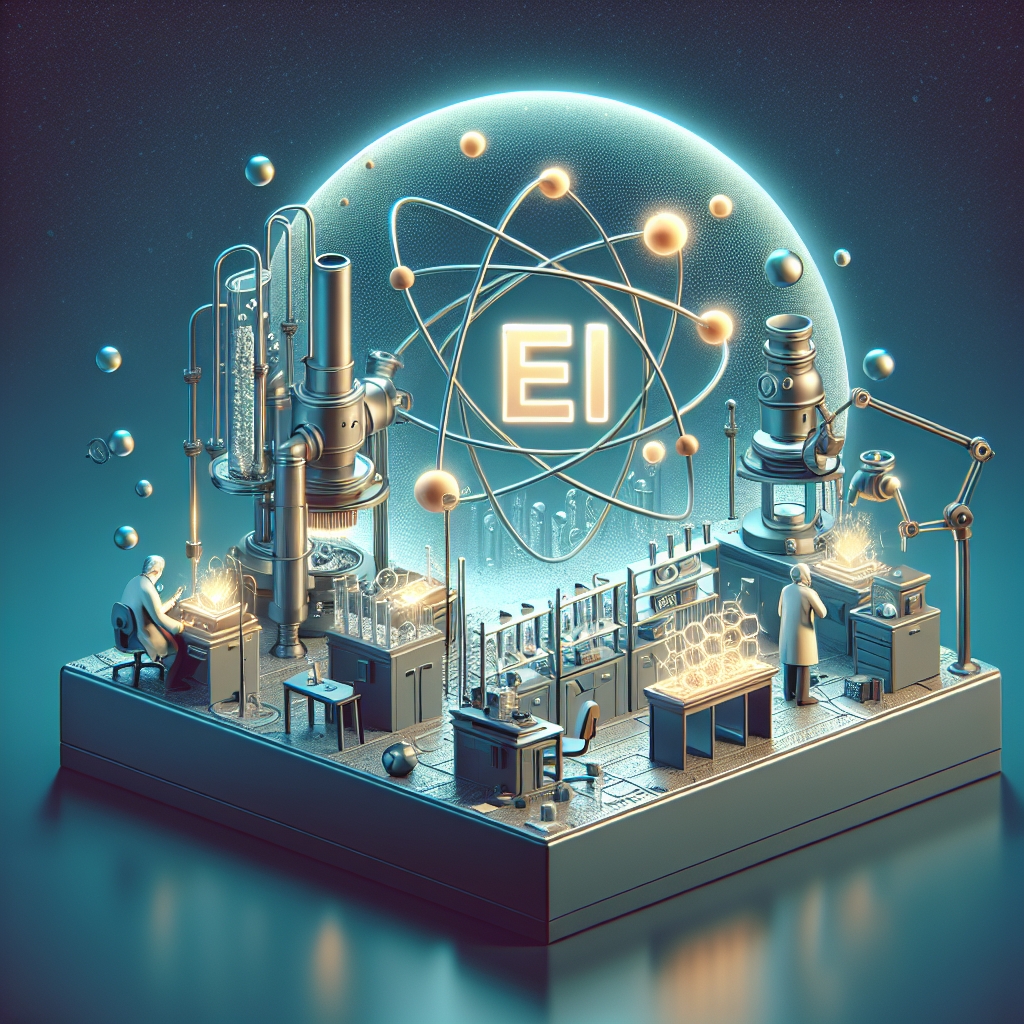The discovery of erbium, a rare earth element with the symbol Er and atomic number 68, is a fascinating story that intertwines the history of chemistry, the development of analytical techniques, and the quest for knowledge about the composition of the Earth. This article delves into the discovery of erbium, its properties, and its applications, shedding light on the significance of this element in both historical and modern contexts.
The Discovery of Erbium
The story of erbium’s discovery begins in the early 19th century, a period marked by rapid advancements in chemical analysis and the isolation of new elements. Erbium owes its discovery to the Swedish chemist Carl Gustaf Mosander, who played a pivotal role in identifying several rare earth elements. In 1843, while working in the laboratory of the famous chemist Jöns Jacob Berzelius in Stockholm, Mosander extracted a new element from the mineral gadolinite, which was found in the Ytterby mine in Sweden. This mine is notable for being the source of several other rare earth elements.
Mosander initially believed he had isolated only one new element, which he named „yttria,” after the mine. However, with further analysis, he realized that yttria was not a single element but a mixture of several unknown elements. Through painstaking chemical separation processes, he was able to isolate three distinct substances from yttria. He named these elements erbium, terbium, and ytterbium, continuing the tradition of naming elements after the Ytterby mine. Erbium, in particular, was named after the old Norse name for the Ytterby area, „Erby.”
The initial discovery of erbium was based on relatively crude analytical techniques by today’s standards, and the element was not fully understood or characterized at the time. It wasn’t until the late 19th and early 20th centuries, with the advent of more sophisticated analytical methods, that scientists were able to more accurately determine erbium’s properties and its place in the periodic table.
Properties and Characteristics of Erbium
Erbium is a silvery-white metal that is soft and malleable. It is part of the lanthanide series, a group of 15 chemically similar elements numbered 57 through 71 in the periodic table, and is also considered a rare earth element. Erbium, like other rare earth elements, is not as rare as the name suggests but is difficult to extract in pure form due to its chemical similarity to other lanthanides.
One of the most notable properties of erbium is its ability to absorb specific wavelengths of light, which makes it particularly useful in various technological applications. Erbium-doped fiber amplifiers (EDFAs), for example, are a critical component in modern optical fiber communication systems, allowing for the amplification of signals over long distances without the need for electronic repeaters.
Additionally, erbium finds use in other fields such as nuclear technology, where it serves as a neutron absorber, and in the manufacturing of specialized glasses and ceramics. The pink color in erbium-doped glasses and crystals is due to the element’s characteristic absorption bands, making it valuable in both aesthetic and functional applications.
Applications and Modern Relevance of Erbium
The discovery of erbium has had a profound impact on modern technology and industry. Its unique properties have made it indispensable in the field of telecommunications, particularly in the development of high-speed, long-distance optical fiber networks. The use of EDFAs has revolutionized the way data is transmitted, enabling the rapid growth of the internet and digital communications.
In addition to its role in telecommunications, erbium’s ability to absorb and emit light at specific wavelengths has led to its use in various medical and cosmetic procedures. Erbium-doped lasers are employed in dermatology for skin resurfacing, wrinkle reduction, and the treatment of other skin conditions, offering a less invasive alternative to traditional surgical techniques.
The ongoing research into the properties and potential applications of erbium and other rare earth elements continues to uncover new and innovative uses for these materials. From enhancing renewable energy technologies to improving medical treatments, the contributions of erbium to science and technology are far-reaching and continue to grow.
In conclusion, the discovery of erbium is a testament to the curiosity and perseverance of scientists like Carl Gustaf Mosander. From its initial identification to its wide-ranging applications in modern society, erbium exemplifies the importance of rare earth elements in advancing human knowledge and technological capabilities. As we continue to explore the potential of erbium and its fellow elements, we can look forward to new discoveries and innovations that will shape the future.

